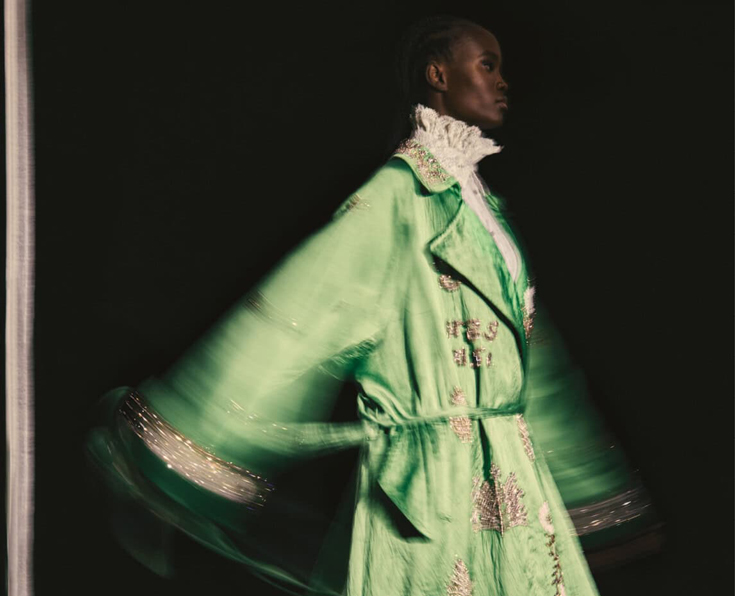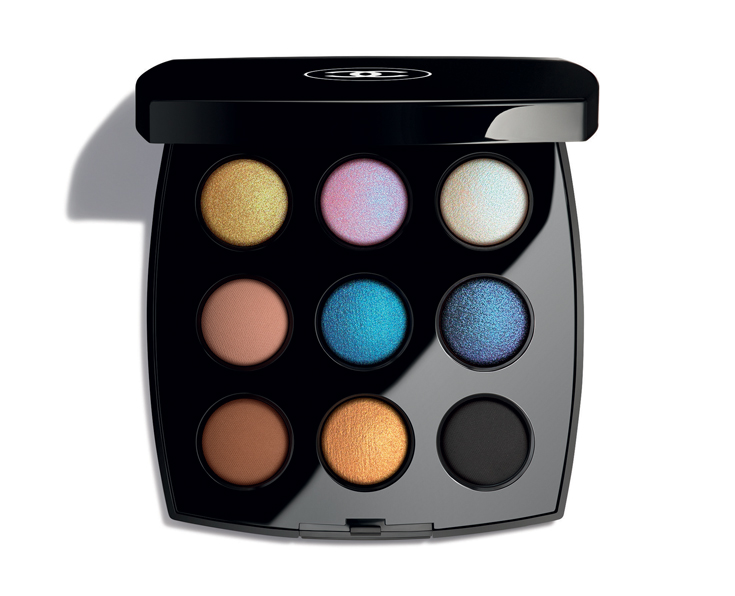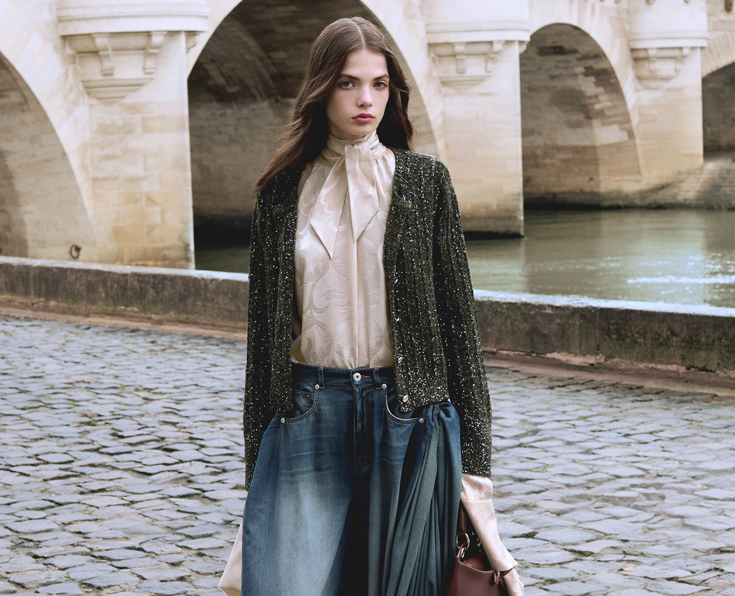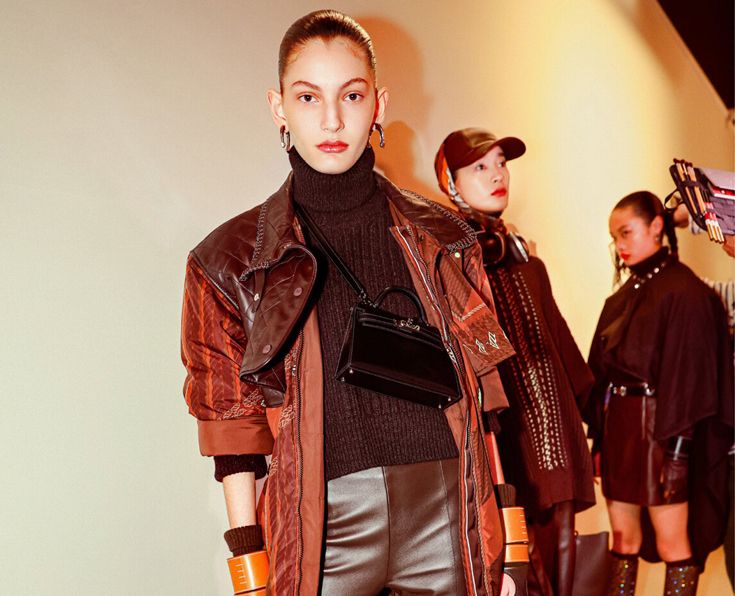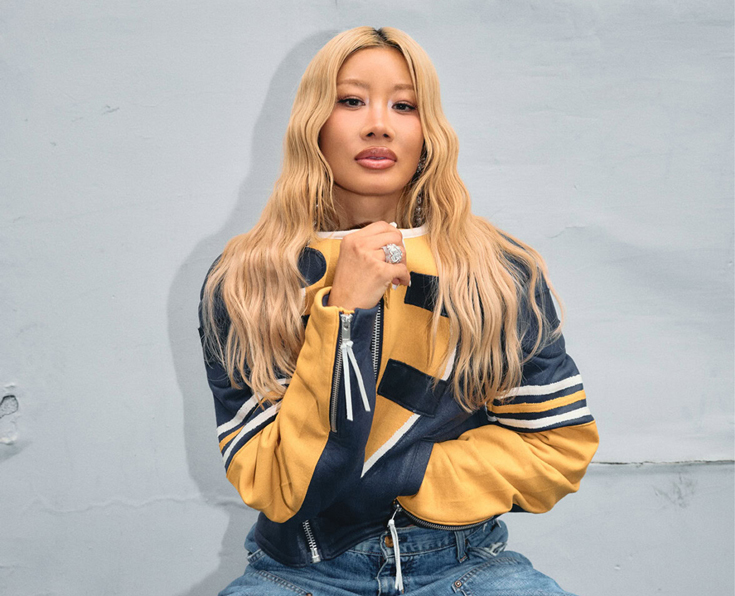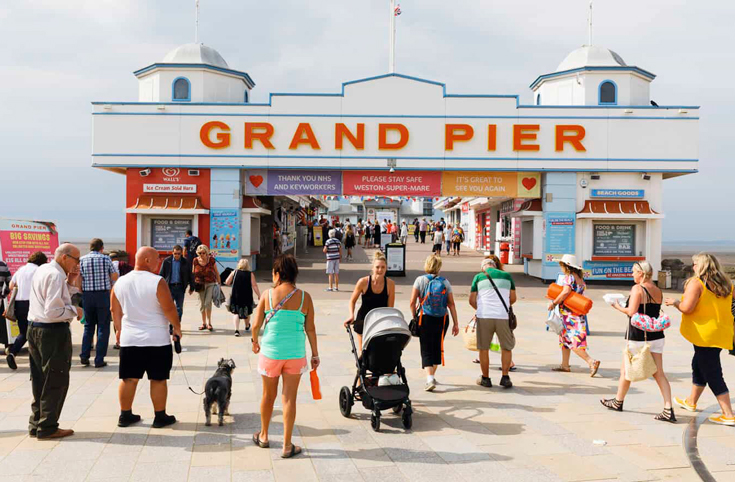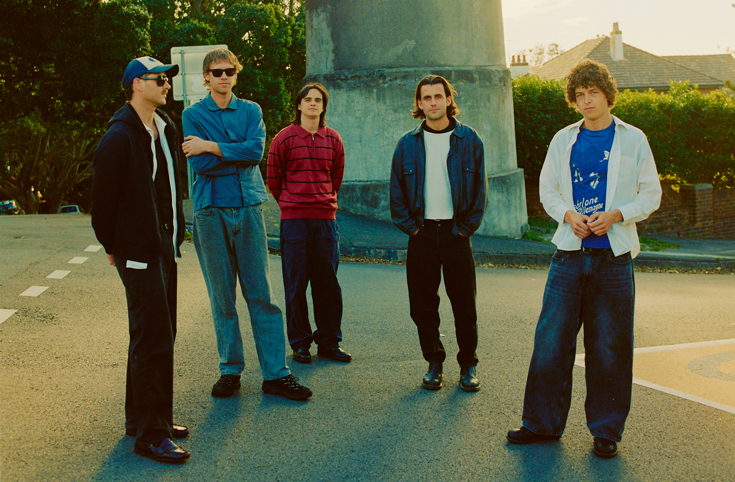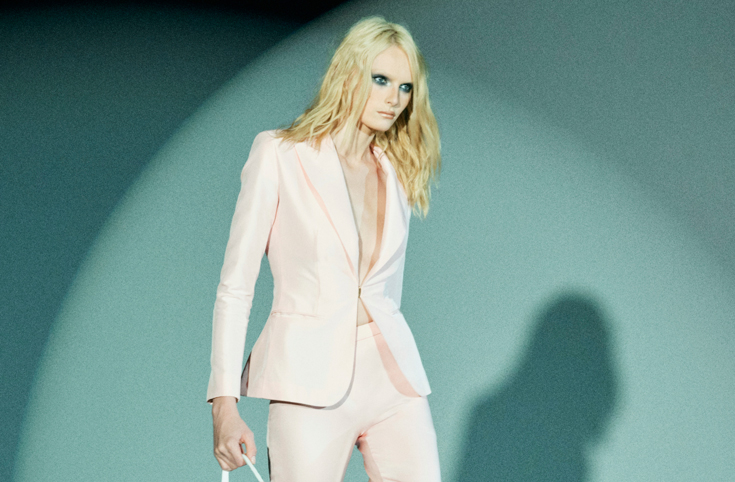CHANEL 2022/23 MÉTIERS D'ART
When Chanel showed its Métiers D’art collection, in Senegal’s capital, Dakar, it was a historic moment not just for Chanel, but for European luxury fashion. The show, held this week, was the first time a European luxury brand had ever staged a fashion show in sub-Saharan Africa. The brand worked hard to avoid accusations of cultural appropriation (Senegal is a former French colony) and so created an event that was three years in the planning, and saw Chanel forge lasting connections with Senegalese creatives in Dakar’s thriving film, dance and art scene, as well as instigate a long-term programme to use Senegalese cotton in future collections.
The event itself unfolded over three days, allowing the 800 attendees, who included Naomi Campbell and Pharrell Williams, the opportunity to explore Dakar’s creative scene. There were visits to artist studios, art galleries and artisan markets. A literary event hosted by Charlotte Casiraghi, featured a talk with French writer Marie NDiaye, who’s father is Senegalese. The first thing on the itinerary was a solemn visit to the House of Slaves and its Door of No Return on Gorée Island, which commemorates what used to be a holding centre for enslaved African people to be exported. “Going beyond the runway show, it’s the event as a whole that I took into account. We’ve been thinking about it for three years. I wanted it to happen gently, over several days of deep, respectful dialoguing,” says Virginie Viard, who first mulled the idea before the pandemic, after creative friends, who lived and worked in Dakar, raved about the vibrancy of the city’s art scene. Covid grounded her travelling Metier shows, which have previously taken place in Edinburgh, Havana, Dallas and Salzberg, but this globe-trotting lull gave Viard and the brand time to take a deep approach to planning the project. Explaining what she wanted, Viard said, “Real dialogues, nourished over the long term, it is this human and warm dimension that motivates my work and that I try to re-transcribe. I put all my soul into it. These marvellous encounters from which artistic adventures like this one are born, that’s what drives me.”
The Métiers d’art collection pays tribute to fashion savoir-faire, shining a light on the skills of artisans at the small specialist houses that come under Chanel’s 19M umbrella. Among them Lemarié for feathers and flowers, Goossens for jewellery, Lesage for embroidery, Maison Michele for millinery. Together they make Viard’s Chanel vison a beautifully crafted reality. The seventies, which she described as a decade of “fascinating freedom,” was a touchstone for flared, tweed trouser suits, geometric, beaded vests and wrap skirts layered over trousers and vivid knits where leopard and camelias patterns collided. Elsewhere, there were gold pendants in the shape of the African continent, bags with wooden chains, and a denim and workwear section.
“Collections are all very well, but I need to be moved. It has to be alive, it has to connect to other disciplines,” said Viard, who invited many local creatives to the show. Her look book was shot by Senegalese photographer, Malick Bodian, there were 19 African models, including a dozen from Senegal. The show opened with dancers with the École des Sables and Dimitri Chamblas, the choreographer of the Slow Show, accompanied by singer Obree Daman and his choir. Film students from Montfermeil and Dakar Kourtrajmé schools documented the genesis of the collection in Paris and the lead up to the event in Dakar. “Knowing that this country was once occupied by not only the French, but the Portuguese and the Dutch, to come here with a French maison that really understands this history, to come back and work with the culture, not promising some false facade of equality, but actual equity in the process, is something beautiful,” said Pharrell Williams at a talk before the show, which took place in the former Palais de Justice in Dakar. A fine example of African Modernist architecture Viard said it had inspired her designs. “It is one of the most beautiful venues we have ever presented a collection in.” Memory making, and history making, this Chanel show reverberated with feeling.
To ensure this is the case, Chanel intends to create a positive lasting impact by co- developing and supporting several entrepreneurial initiatives with Senegalese organisations and experts. These will focus on the key areas of transmission of savoir-faire, responsible and regenerative agricultural practices for raw materials and circularity. “Within the next three to five years, our aim is to cover part of our needs with cotton from Senegal produced in good conditions at a fair price.”
Photography courtesy of Chanel.























































